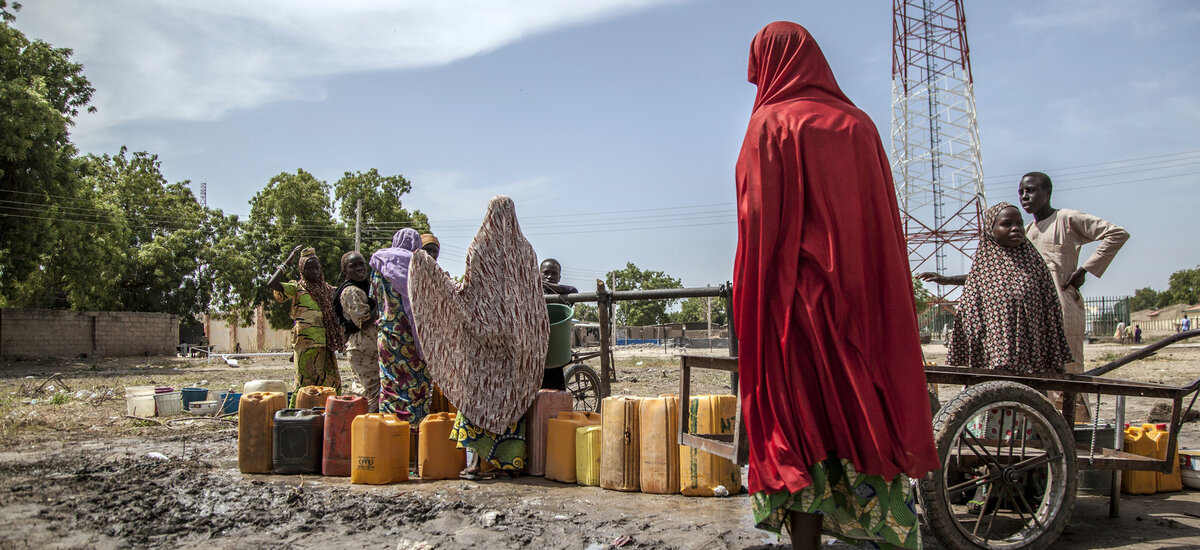- Austausch & Vernetzung
- Wissen & Lernen
- Advocacy
- Unsere Themen
Ensuring sexual and reproductive health and rights of displaced populations

Tandfonline "Each year, the number of people affected by humanitarian emergencies continues to increase, and the contexts become more complex, requiring thoughtful, intentional innovation and the creation of an evidence base that informs programme design, implementation and practice. In 2015, the numbers of people forcibly displaced from their homes hit a record high, with a 75% increase in two decades, rising from 37.3 million in 1996 to 65.3 million by the end of 2015. This translates to 24 persons being displaced from their homes every minute of every day in 2015, as a result of persecution, conflict, generalised violence or human rights violations. This trend is expected to continue.
The right to sexual and reproductive health (SRH) is an indispensable part of the right to health and is dependent upon a number of factors that include availability and accessibility to quality evidence-based services. While entire populations benefit from access to SRH services and rights, women and adolescent girls face a host of particular vulnerabilities. It is estimated that around 26 million women and girls of reproductive age are living in emergency situations around the world and face increased threats to their sexual and reproductive health and rights (SRHR), requiring access to quality services." (Photo: On 9 November 2016, women and children collect water from a borehole in Mafa IDP Camp, Borno State, northeast Nigeria. Northeast Nigeria remains in the grips of a humanitarian emergency/Utenriksdepartementet UD/flickr, CC BY-NC-ND 2.0)